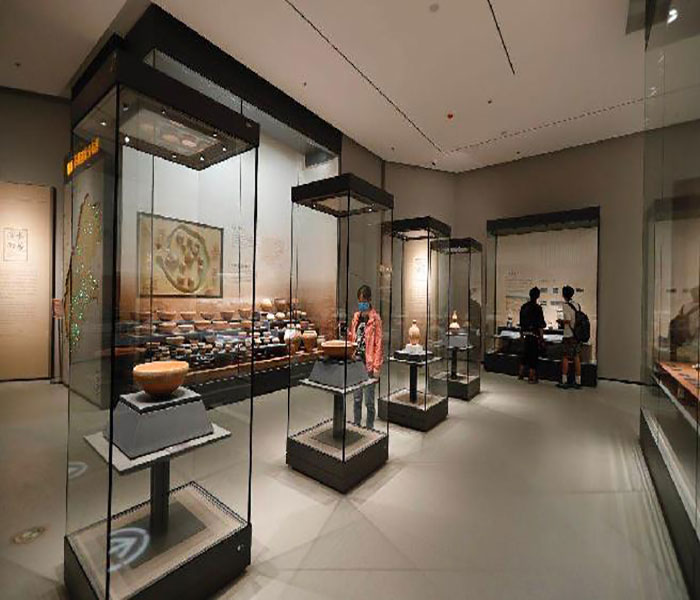In the field of modern art, the method of display is as crucial as the artwork itself in conveying the artistic value and aesthetic experience. As the carrier and protector of artworks, the role of framed glass cannot be ignored. Among the many types of glass, low-reflective framing glass has become the preferred material for artwork display because of its unique characteristics. In this article, we will discuss the characteristics of low-reflective picture frame glass and analyse why it can be a desirable companion for artwork.
The important characteristic of low-reflective picture frame glass is its extremely low light reflectivity. Conventional glass produces reflections on its surface due to the refraction of light, which makes it easy for viewers to be distracted from the artist's original intention when viewing the artwork. Low-reflective glass is treated with a special process that drastically reduces surface reflections, resulting in purer colours and clearer details in the image. This nearly interference-free viewing experience is especially suitable for the display of artworks that require a high degree of colour sensitivity.
In addition to desirable visual performance, low-reflection picture frame glass also has good physical properties. It is remarkably resistant to wear and tear, and the hardened surface treatment makes the glass more resistant to scratches and prolongs its service life. At the same time, this glass is easy to clean and routine maintenance is simple and convenient, just wipe it with a soft cloth to restore its original gloss and transparency. These characteristics make low-reflective glass not only desirable in display but also more advantageous in daily use.

Low-reflective framing glass also can protect artwork from UV rays. UV rays are one of the main factors that cause colour fading and material deterioration in paintings, photographs and other artwork. Low-reflective glass can block of harmful UV rays, providing a protective barrier for artwork, which helps to prolong its preservation and maintain the colour and texture of the artwork.
Low-reflective framed glass also excels when it comes to the environment. Its manufacturing process uses environmentally friendly materials and techniques, reducing the burden on the environment. Moreover, its durability reduces the frequency of replacement, which in turn reduces resource consumption and waste generation, in line with the concept of sustainable development.
Design flexibility is also a highlight of low-reflective picture frame glass. This type of glass can work with a wide range of different styles of frames and artworks, whether they are modern and minimalist or vintage and elegant. It not only enhances the display effect but also provides more creative space for designers, allowing them to express their design ideas more freely.
In addition, low-reflection picture frame glass has a wide range of applications. It is not only suitable for the traditional display of paintings and photographs but also widely used in the display of cultural relics in museums, the display of precious artworks in exhibitions and high-end decorative design. Its versatility and adaptability make low-reflection glass a versatile display material.
In summary, with its desirable optical performance, good physical properties, protective function, environmental protection concept and design flexibility, low reflection picture frame glass has become the desirable companion for artwork display. It not only provides a better viewing experience for the audience but also offers more display possibilities for artists and designers. With the continuous progress of material science, we expect low-reflective picture frame glass to play a greater role in the future of art display and protection, bringing people richer cultural experience and artistic enjoyment.





